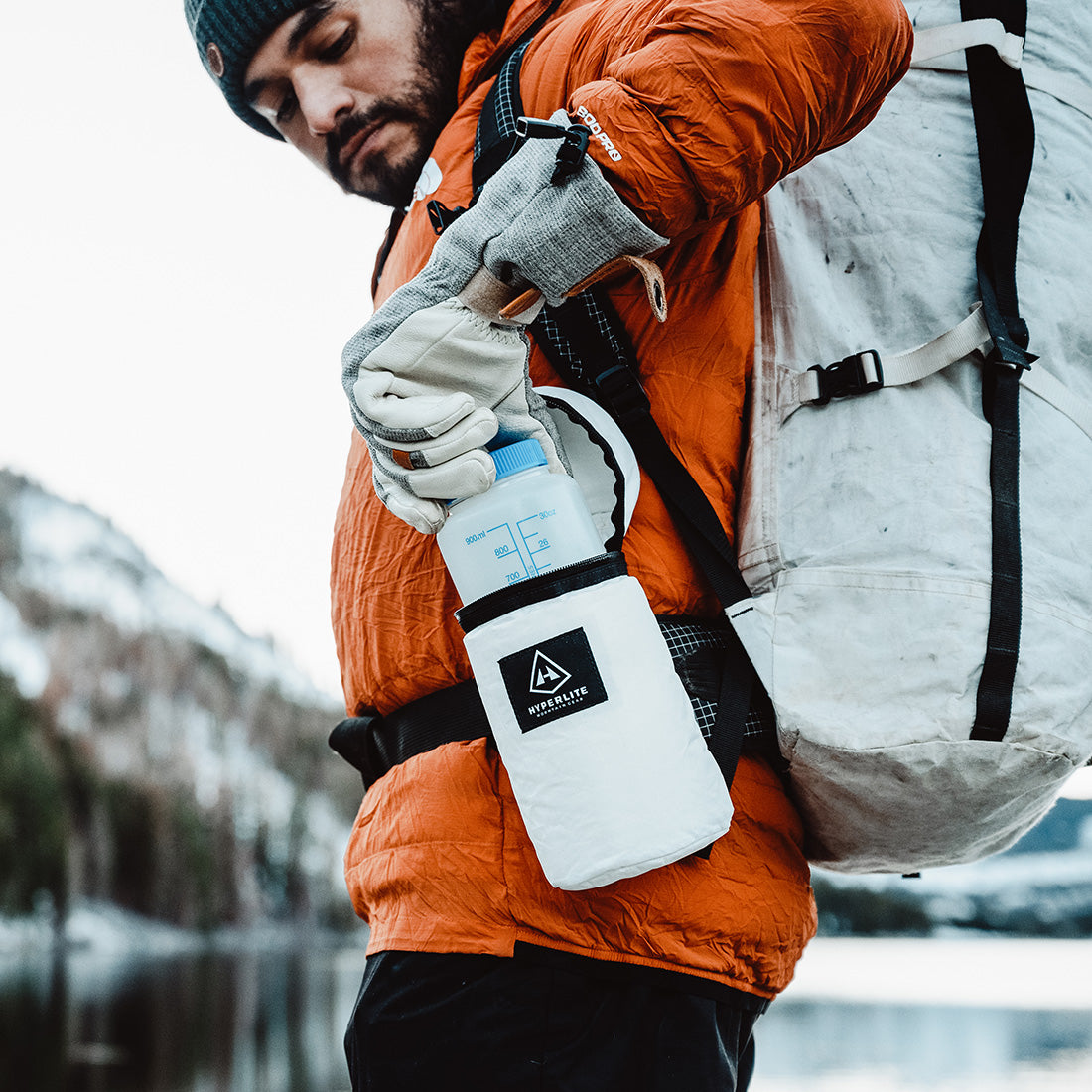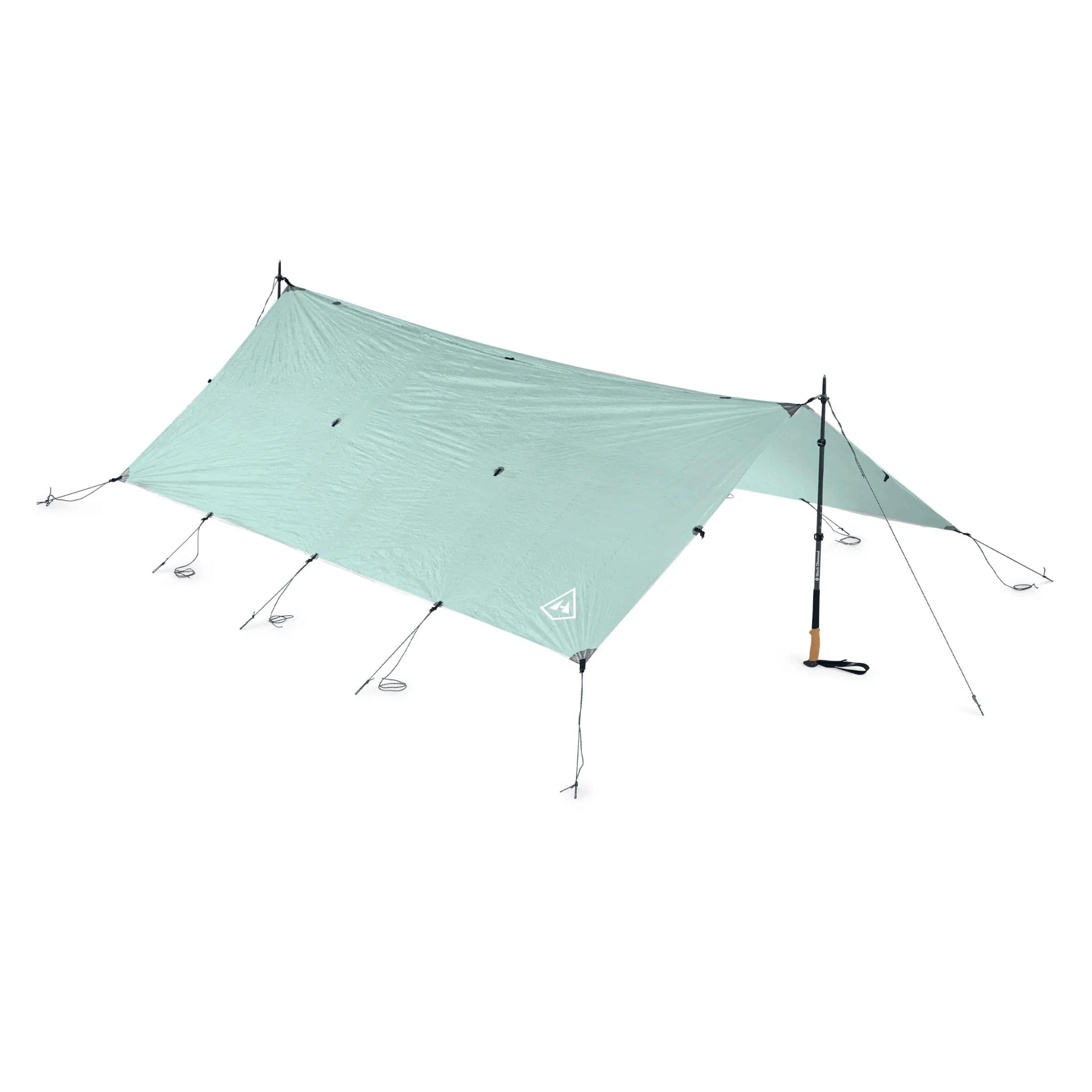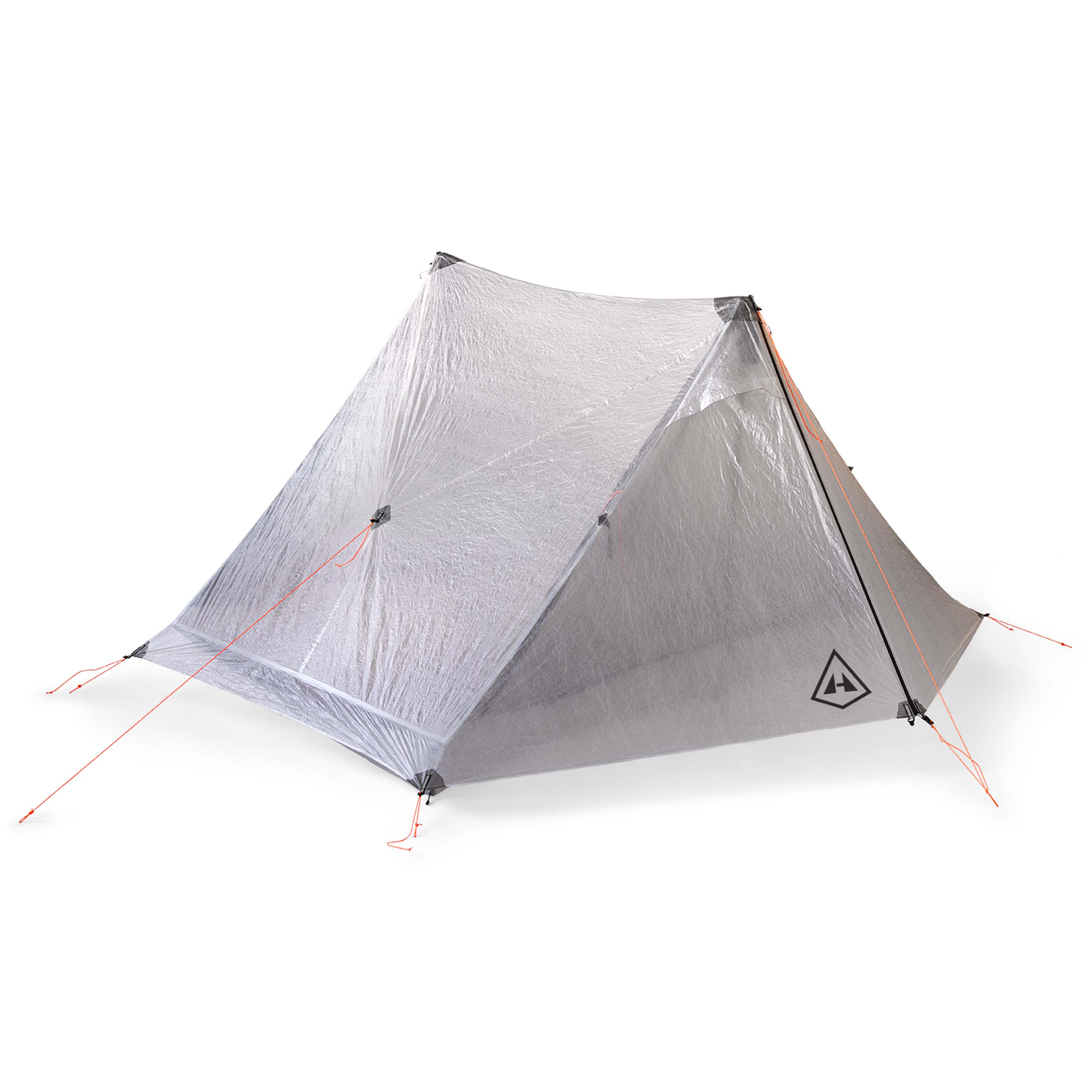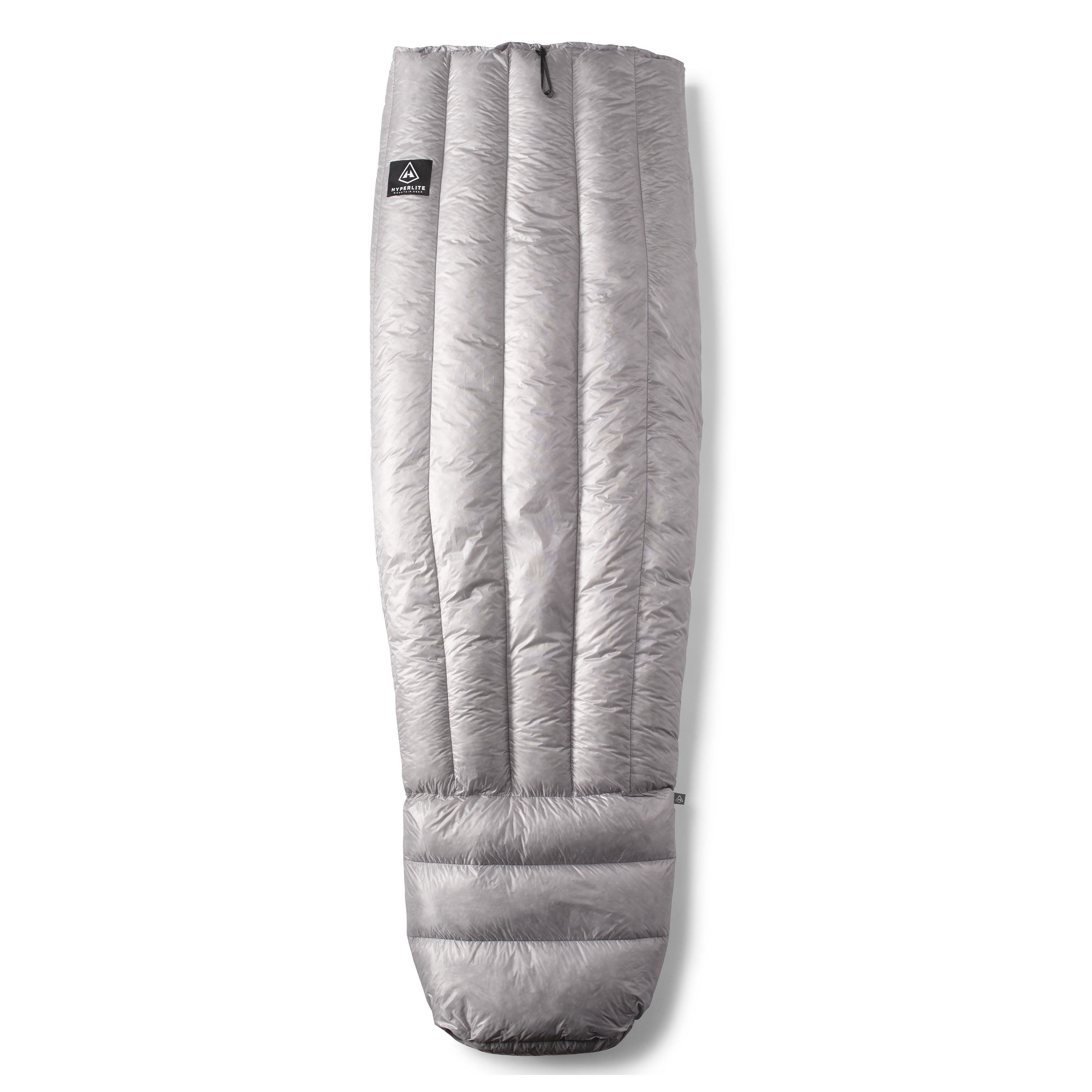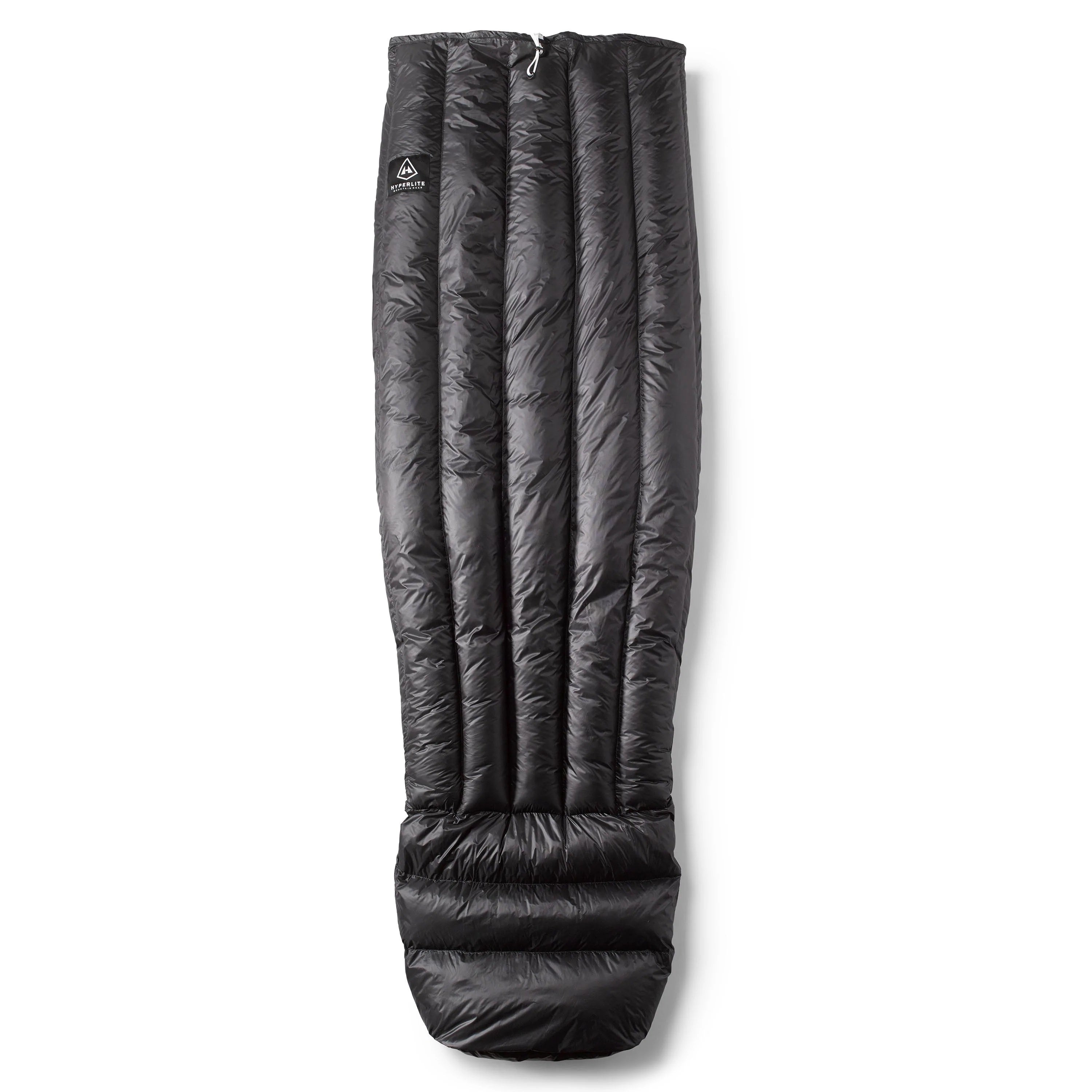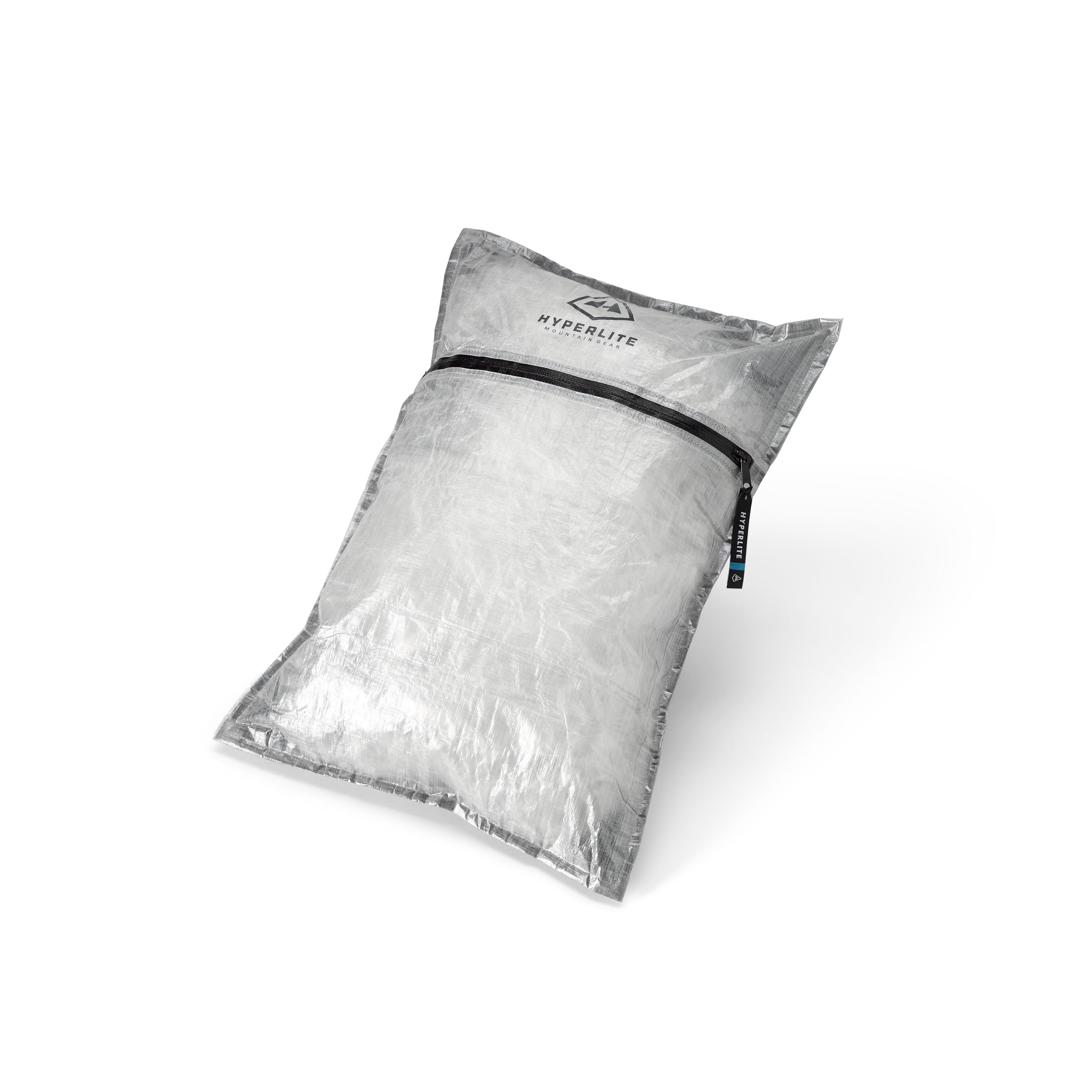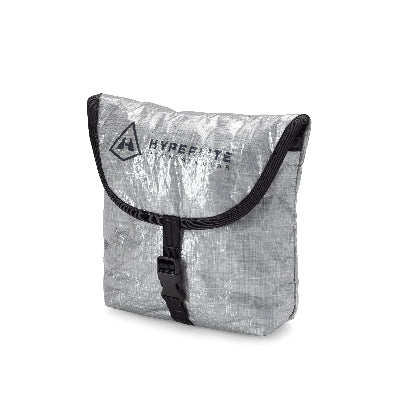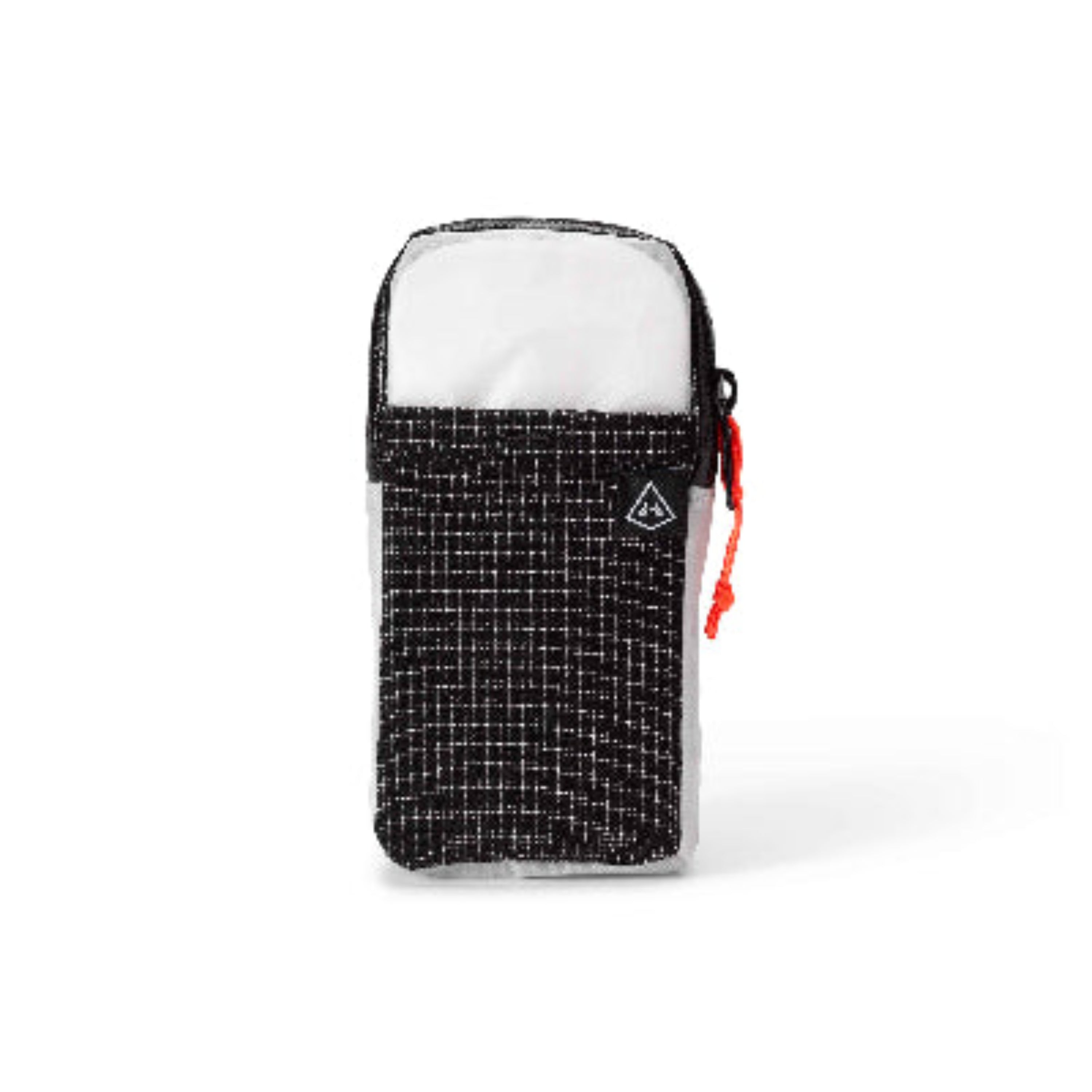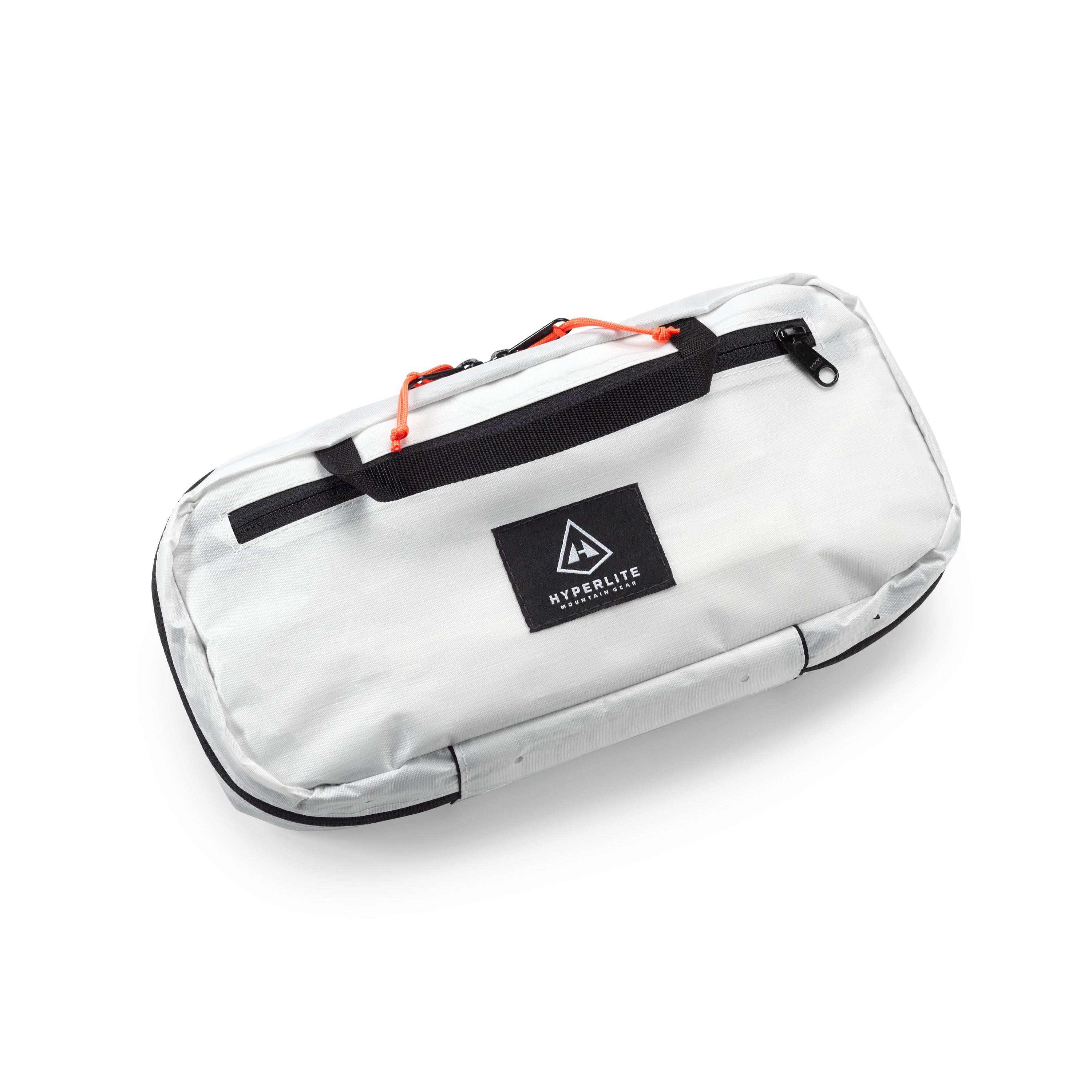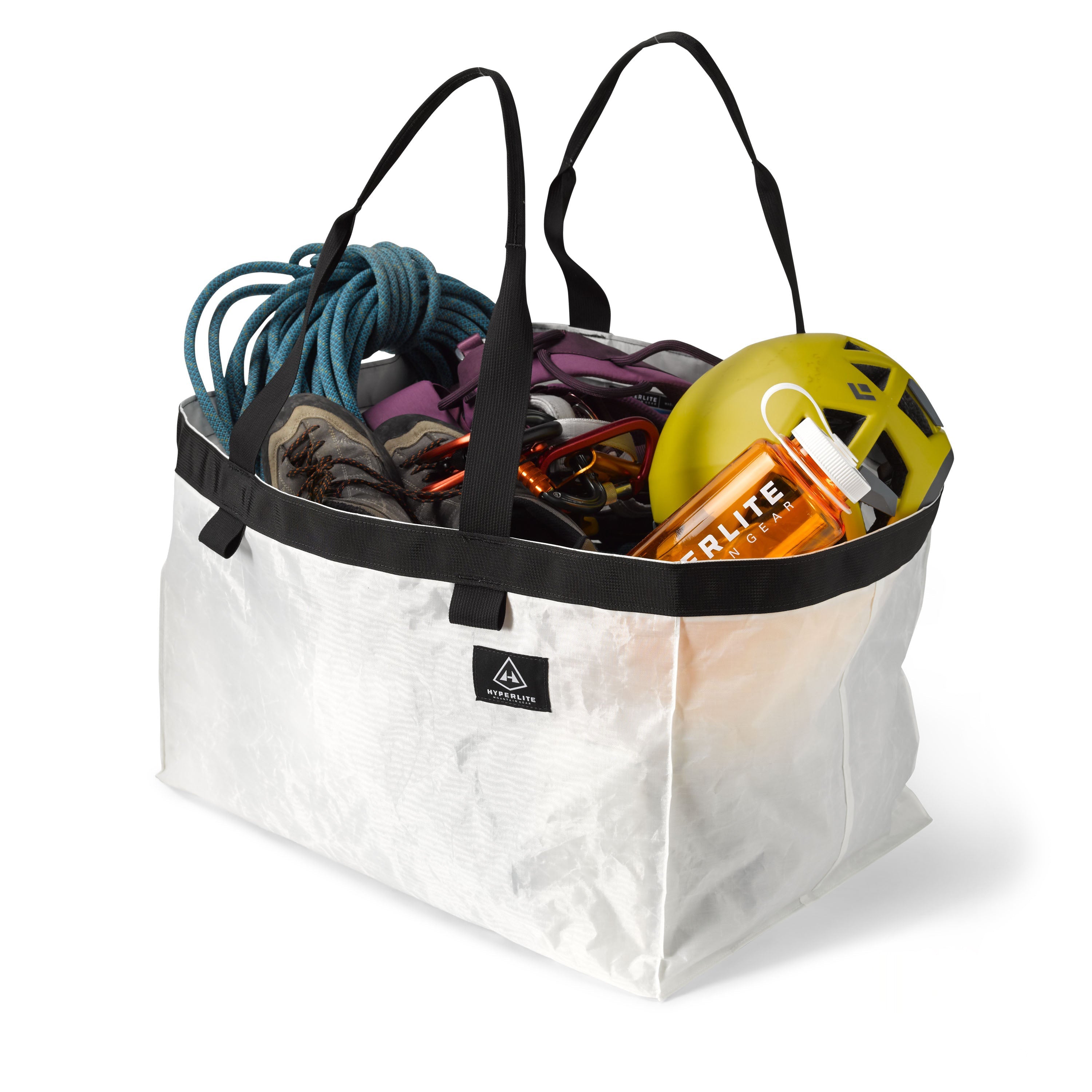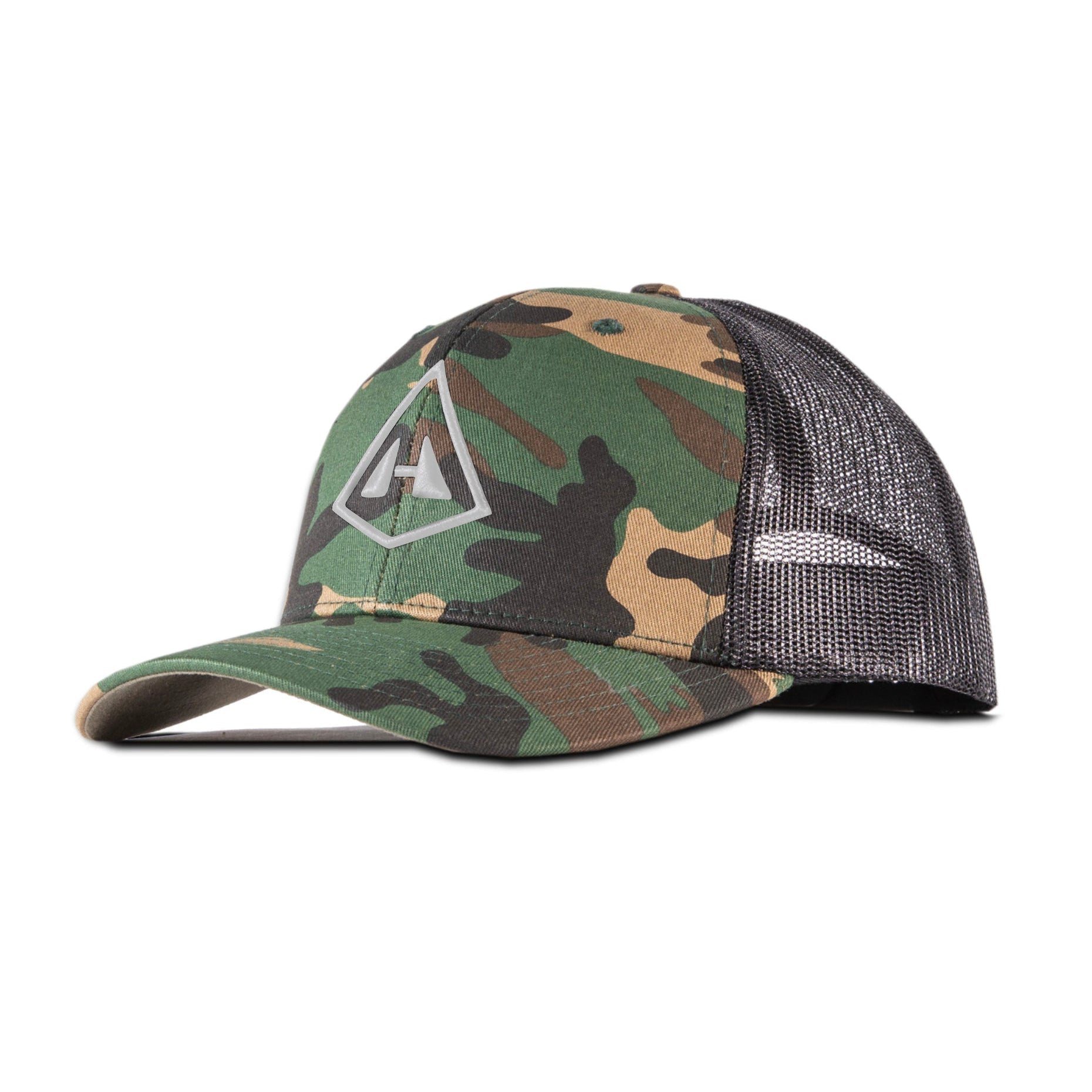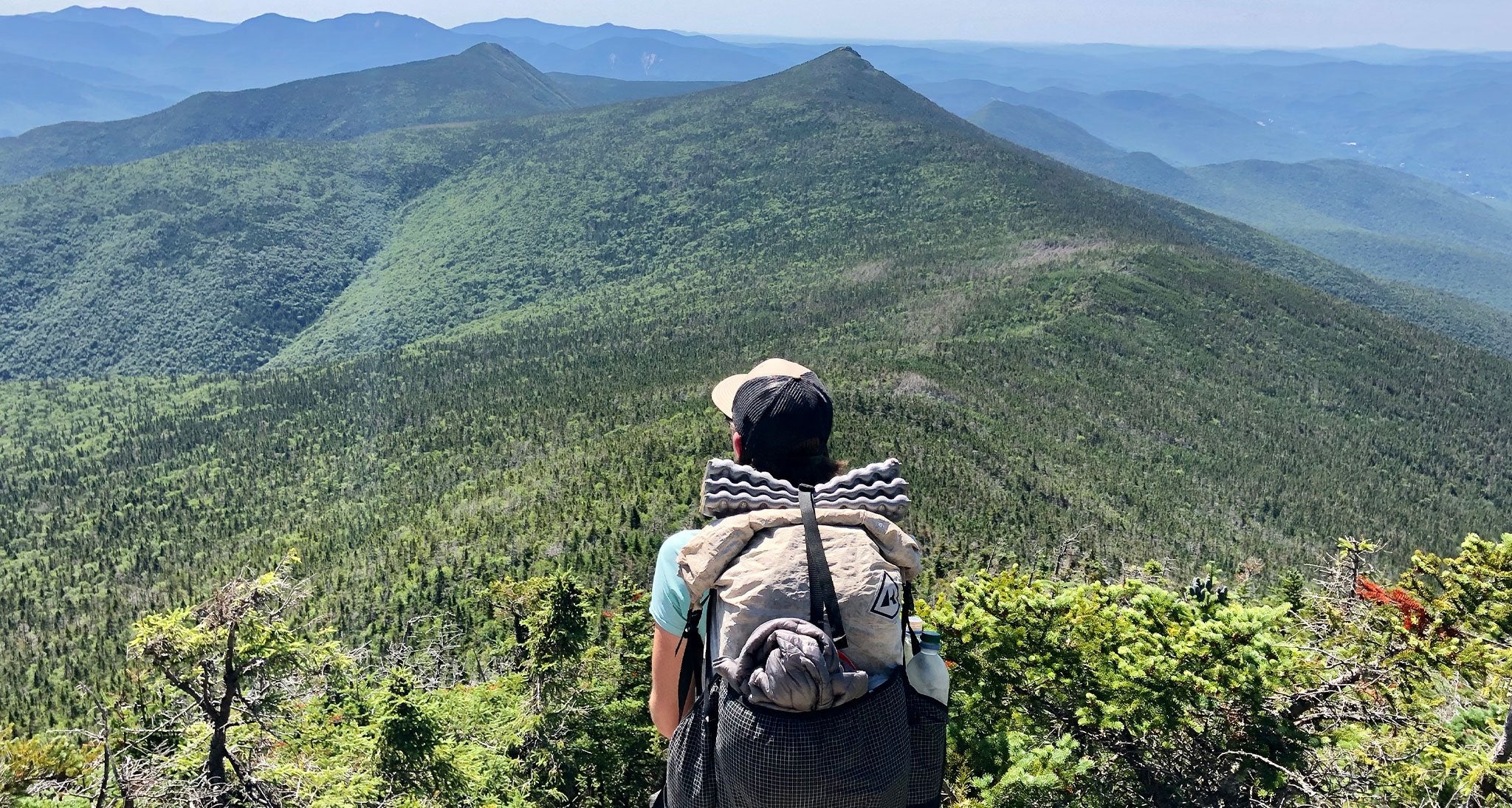How long have you been going light?
I’ve been backpacking for over 20 years with the turning point towards going ultralight starting 15 years ago. After lugging huge, overly prepared packs around on trips, I realized three things; 1) there were multiple items in my pack I never ended up using, 2) there were much lighter versions of the products I was carrying, and 3) all this stuff quickly added up to a base weight that was unnecessary, overly heavy, and ended up feeling like I was dragging an anchor and chain through the mountains.
I knew the sum of my pack weight was a direct result of my choices in the products I purchased, and which of those products I decided to pack for a trip. In the beginning, it was very easy to overpack or to put it differently, pack for my insecurities–the “what if” situations. To better understand what was truly going on, I decided to purchase a digital scale and to itemize all the backpacking products I owned in a spreadsheet. I listed all the tents, backpacks, sleeping bags, stuff sacks, stoves, headlamps, and so on, and then weighed each of these products on a digital scale and documented the weights in the spreadsheet.

Once the data was documented, and I started analyzing the data, the lightbulb started going off in my head. “Wow, I have three tents, all three-season, similar in size, and one weighed three lb, one weighed four, and one weighted five. I started seeing the same findings no matter what product category I looked at. For example, I owned two stoves. The first was the MSR WhisperLite, which came to a total weight of 24.9 oz with the 5 oz aluminum fuel bottle. That’s a pound and a half for a stove without fuel. I also owned an MSR PocketRocket, which came in at 2.6 oz, and while it still required a canister that weighed 10 oz when full, that combo saves more than a pound over the WhisperLite setup.
This process continued until I went through and identified the lightest versions of every piece of kit I thought I needed on a multiday backpacking trip. The savings was huge! I was cutting 5 lb chunks off the weight of my pack. As time went on, I started replacing some of the larger and more expensive items I needed, like my sleeping bag and pad, pack, rain gear, and footwear. Another eyeopener I vividly remember was shopping for a way to carry it all.
At the time, all the packs on the market were seriously over-designed. I was finding I didn’t need a 1000-denier Cordura pack with so many pockets on the exterior. Unfortunately, when it came to backpacking backpacks, this was all I could find. So, I started looking elsewhere–even at school bags or backpacks that were intended for other uses besides backpacking! This process and the discovery of Dyneema® Composite Fabrics was what lead me to start Hyperlite Mountain Gear.

What’s the base weight of your pack before adding consumables like food and fuel?
My typical base weight ranges from 8 lb – 12 lb, but that all depends on the type of trip I’m going on. If I’m heading out in my backyard of the White Mountains of New Hampshire or the mountains of Maine, my base weight is 8 lb or there about. If I’m heading into somewhere like the Grand Canyon or the North Woods here in Maine, I’m more than likely in the 10 lb – 12 lb range, but that’s due to a few factors. It may be colder where I’m going, so I might bring a heavier sleeping bag and warmer clothes, or I may have technical gear such as a lightweight harness, a few carabiners, and 50-70 ft of rope.

Beyond the “The Ten Essentials”, what other kinds of gear do you make room for, and why?
As mentioned above, this all depends on the trip, terrain, and expected weather. However, with that said, I don’t normally bring any luxury items on my trips. I like to keep moving, and I find that by the time I find a camp at the end of the day, I’m tired and ready to eat and get a good night’s rest so I can do it all over again the next day.

Are you currently forgoing any of the ten pieces? Why?
Usually, if I’m forgoing any bit of my kit, its due to weather or terrain. In full Summer conditions, I may not bring long underwear, or I may forgo a more robust shelter for a tarp. On shorter trips lasting a week or less, I’m constantly watching the weather prior to leaving, and I’m making last-minute substitutions as needed. I might plan to bring a 20-degree sleeping bag on a trip, but if I see the average nighttime temps are in the 40’s, I’ll bring my 30-degree bag instead of the 20. If I’m doing a trip with a few friends, we may carry only one stove for the group. In a situation where we’re only bringing one stove for the group, I like having a Jetboil as they are really efficient at boiling water and conserving fuel.

What has achieving this low base weight done for your trips outdoors? How has it impacted the way you travel?
Achieving a low base weight has allowed for more positive experiences. For one, it’s minimizing misery and maximizing enjoyment. Even when your total pack weight climbs to 20-25 lb with the addition of consumables required for the trip, you don’t even notice the pack on your back. Makes the uphill’s and the number of miles you can accomplish in day far more pleasant and fun.

Additionally, a lighter kit has given me the opportunity for extended stays in the backcountry, exploring much more remote places. Especially places like the western Grand Canyon, where there are few water sources, and you may be required to carry 1.5 – 2 gallons per day. I can also carry 10-12 days of food more efficiently, which helps eliminate some concerns when there are long periods of time between resupplies.



